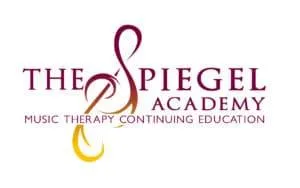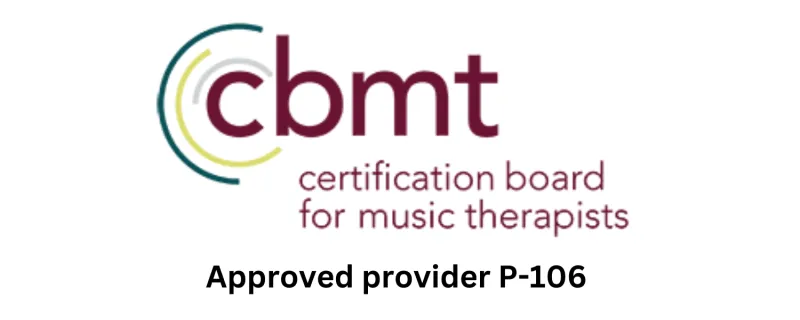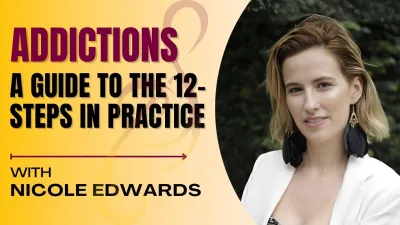
Class Description



Creative Innovations in Mental Health & Addictions: A Guide to the 12- Steps in Practice (15 CMTEs)
$375.00
Quantity




Creative Innovations in Mental Health & Addictions: A Guide to the 12- Steps in Practice (15 CMTEs)
$375.00
Quantity